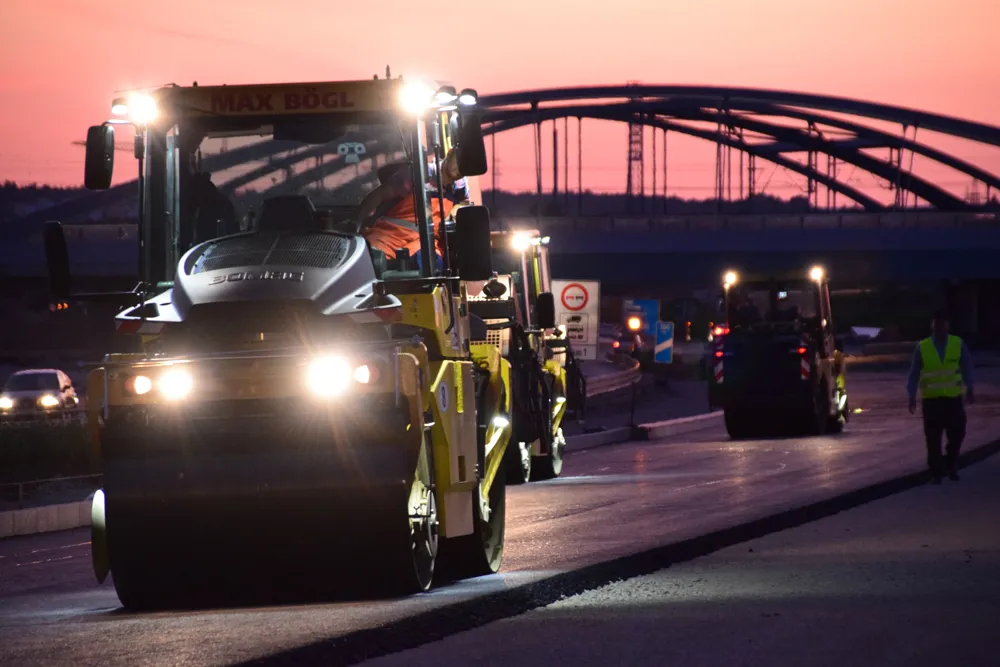Liebherr claims its wide range of Litronic control system featuring CANUS software ensures construction projects are delivered on time and to budget. The system’s PDE data recording unit logs information such as depth, suspension levels, drilling speed and geometry. It then displays it in real-time via a colour touchscreen in the operator's construction machine cab. Due to constant awareness of the working process, the operator is able to adapt the PDE unit to suit changing environmental conditions. PDE rec
March 21, 2012
Read time: 2 mins

The system’s PDE data recording unit logs information such as depth, suspension levels, drilling speed and geometry. It then displays it in real-time via a colour touchscreen in the operator's construction machine cab.
Due to constant awareness of the working process, the operator is able to adapt the PDE unit to suit changing environmental conditions. PDE recorded project work can be transferred onto a PC by way of a CompactFlash memory card or automated via Liebherr’s LiDAT software.
Meanwhile, customised PDR software-generated report templates can be applied to major deep foundation methods, and are available in a wide selection of languages. The reports can be printed out directly or stored as PDF files. In addition, the Load Recorder feature of the PDR can be used to evaluate handled masses per period of time. The findings of data recordings help with the training of machine operators, and information generated on handled masses helps organise the handling of cargo in harbours.
Liebherr’s LiDAT software produces data for construction machines, such as the date and time it leaves a predefined zone, its use in unauthorised time periods, its fuel consumption and its service intervals. Critical information is sent immediately by e-mail to appropriate managers in their respective language. Service technicians can also use LiDAT to directly log in to a specific machine to analyse arising problems and to provide solutions quickly, without having to travel to the machine itself.
Finally, the Crane Planner Liebherr-Werk Nenzing offers a web-based software tool to aid the selection of the ideal crane for a specific construction job, through a virtual 3D world based on human inputted requirements.









